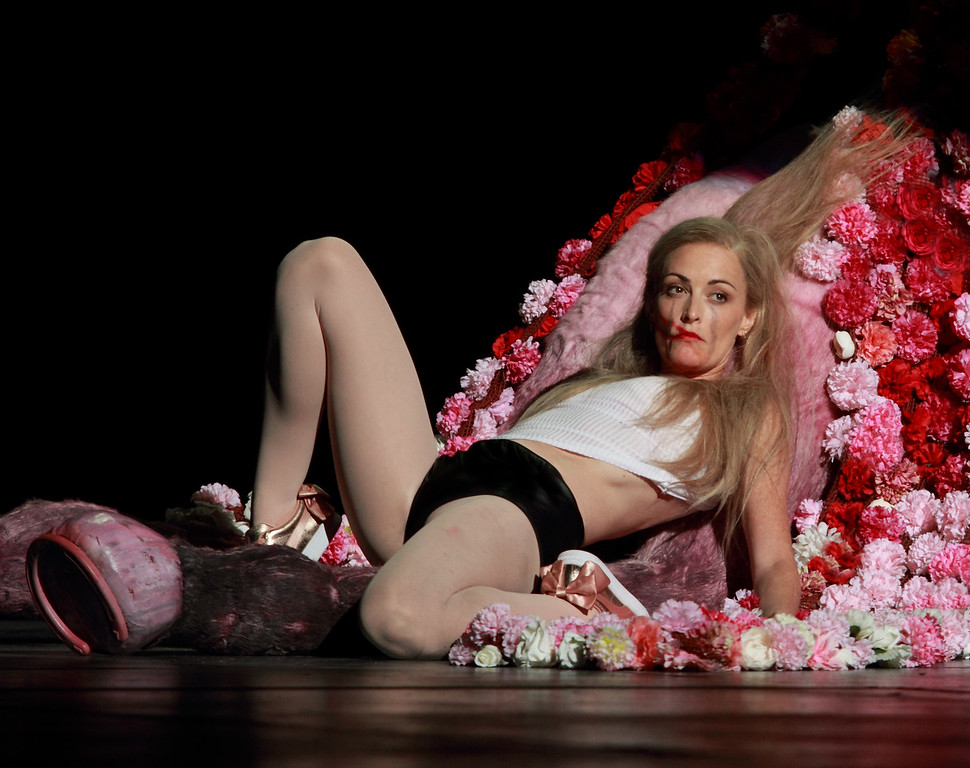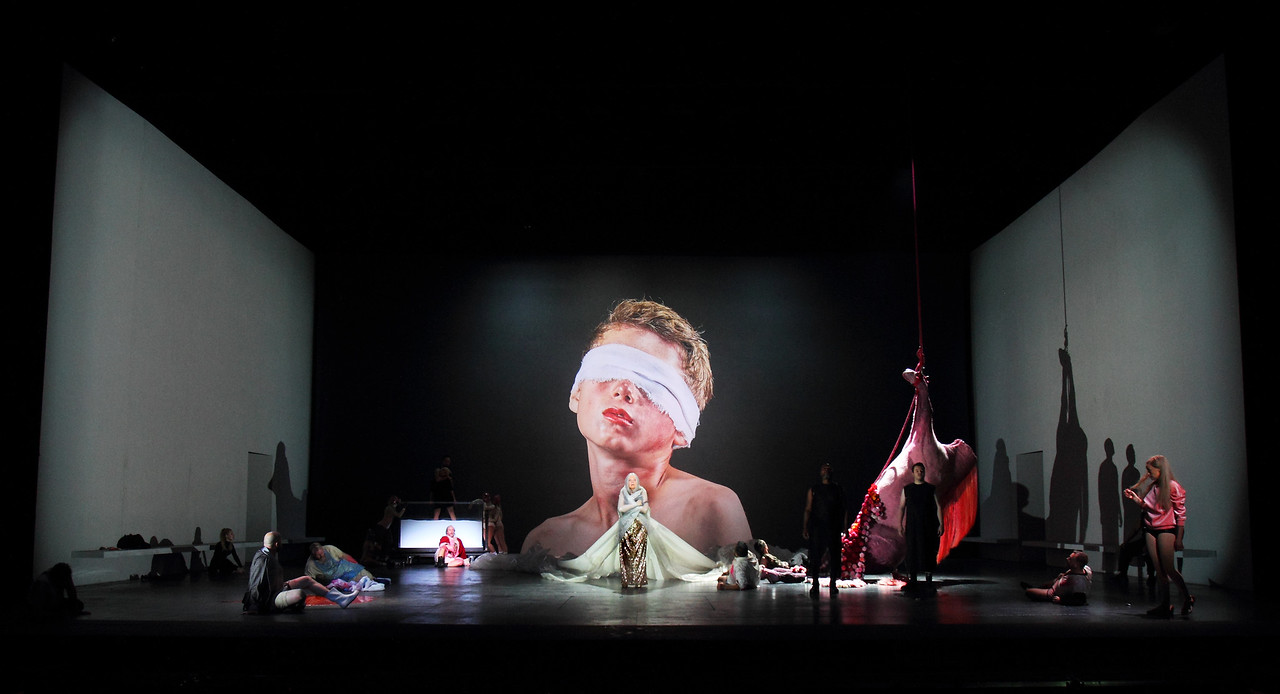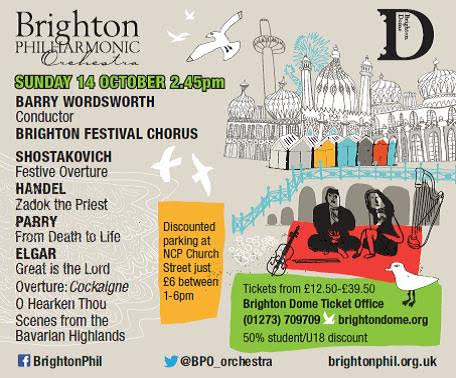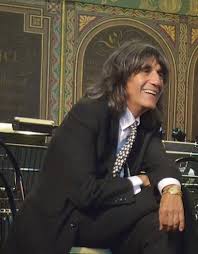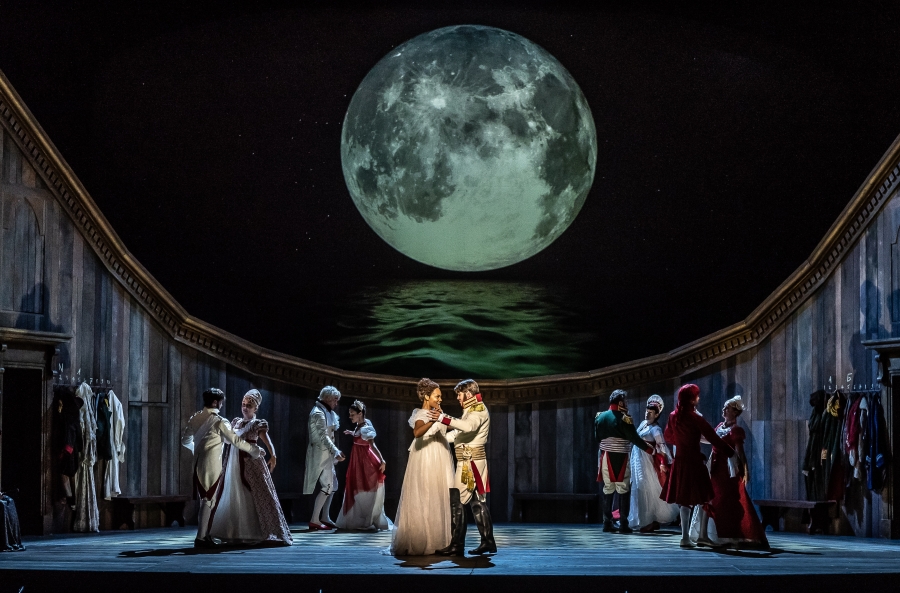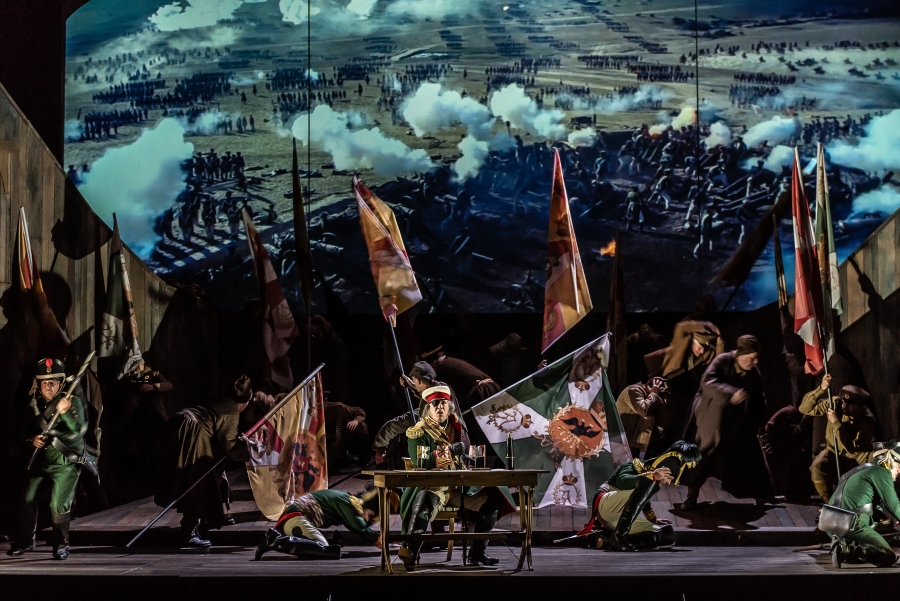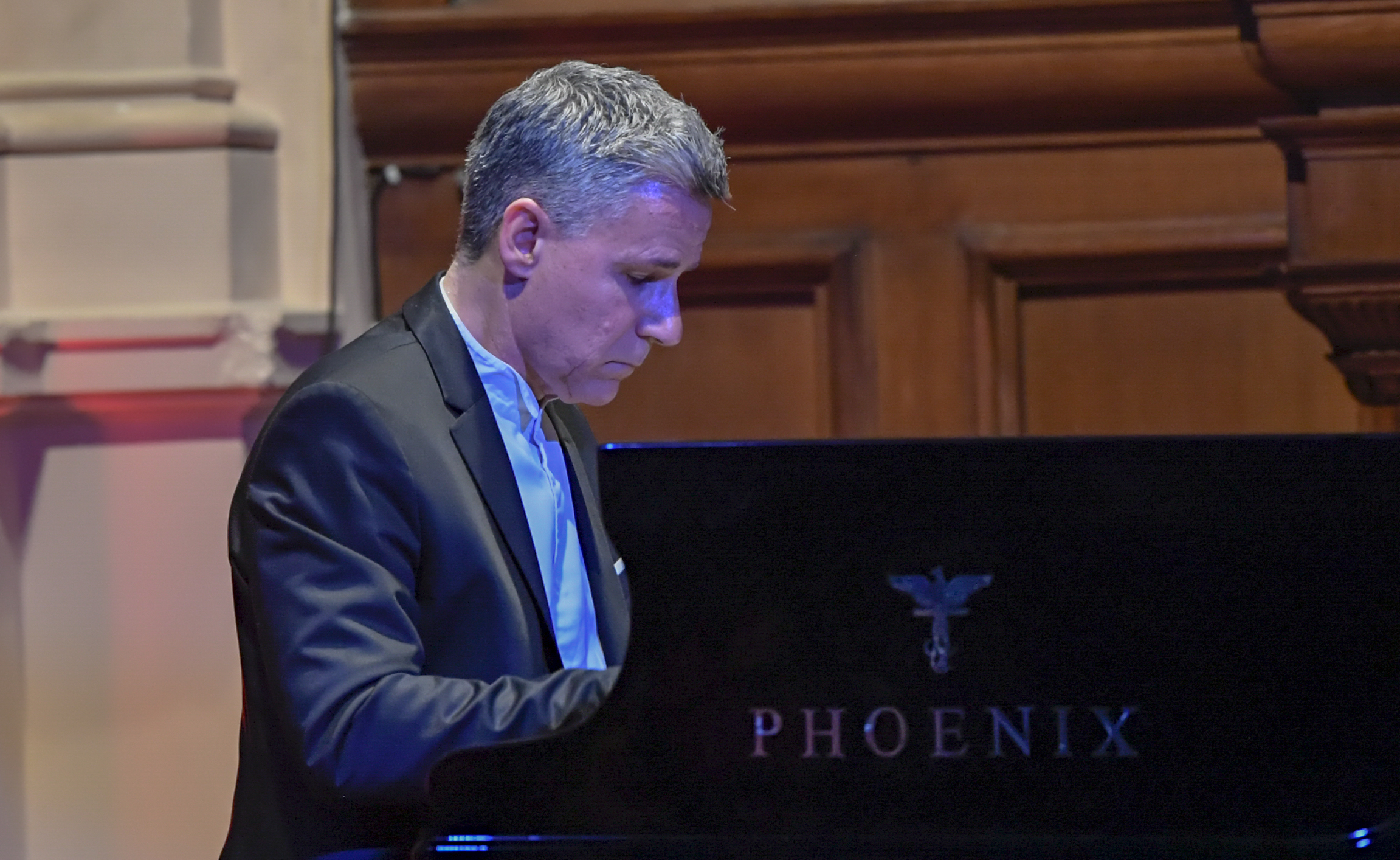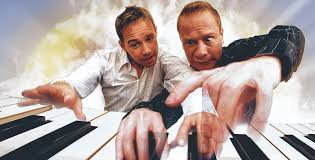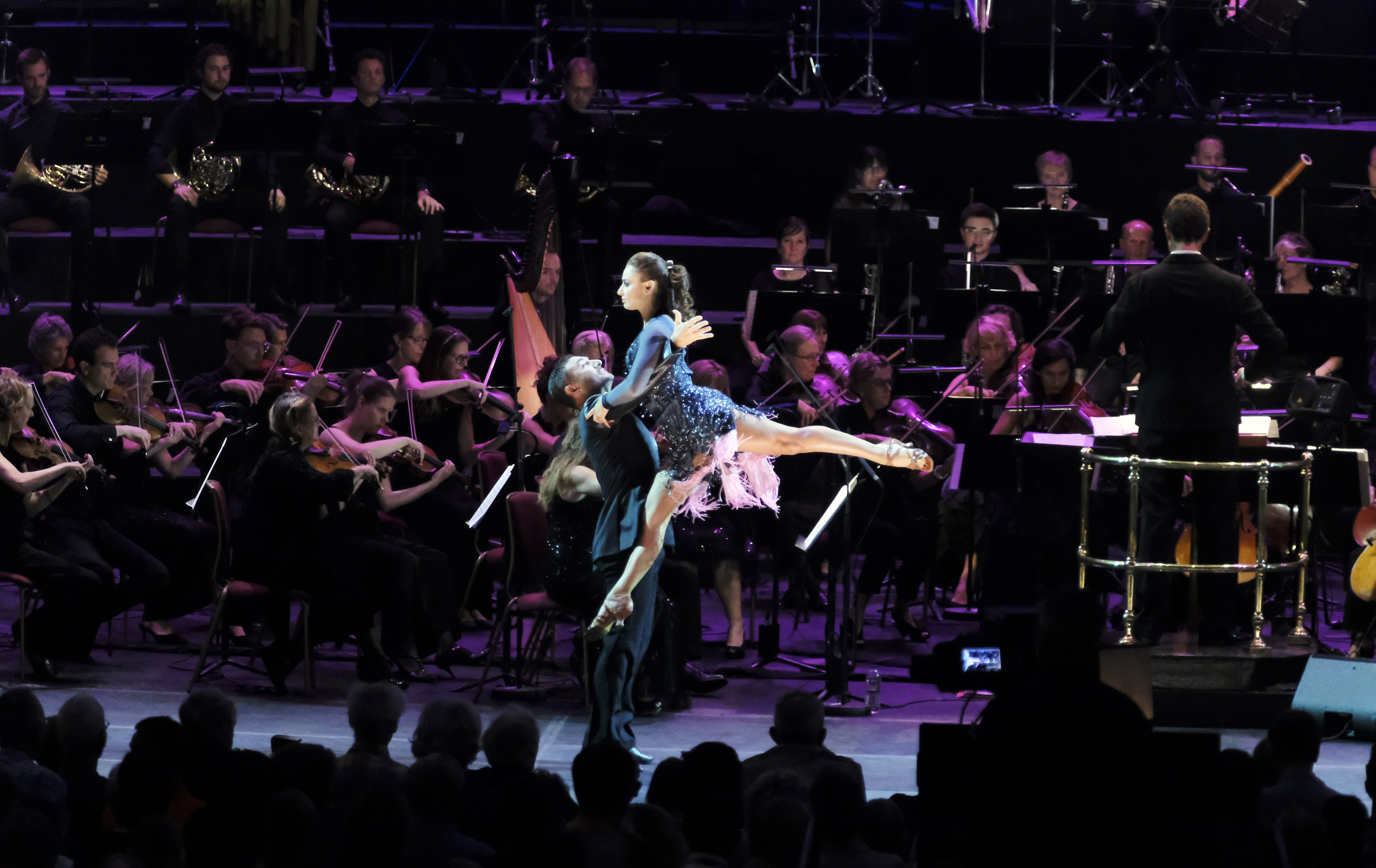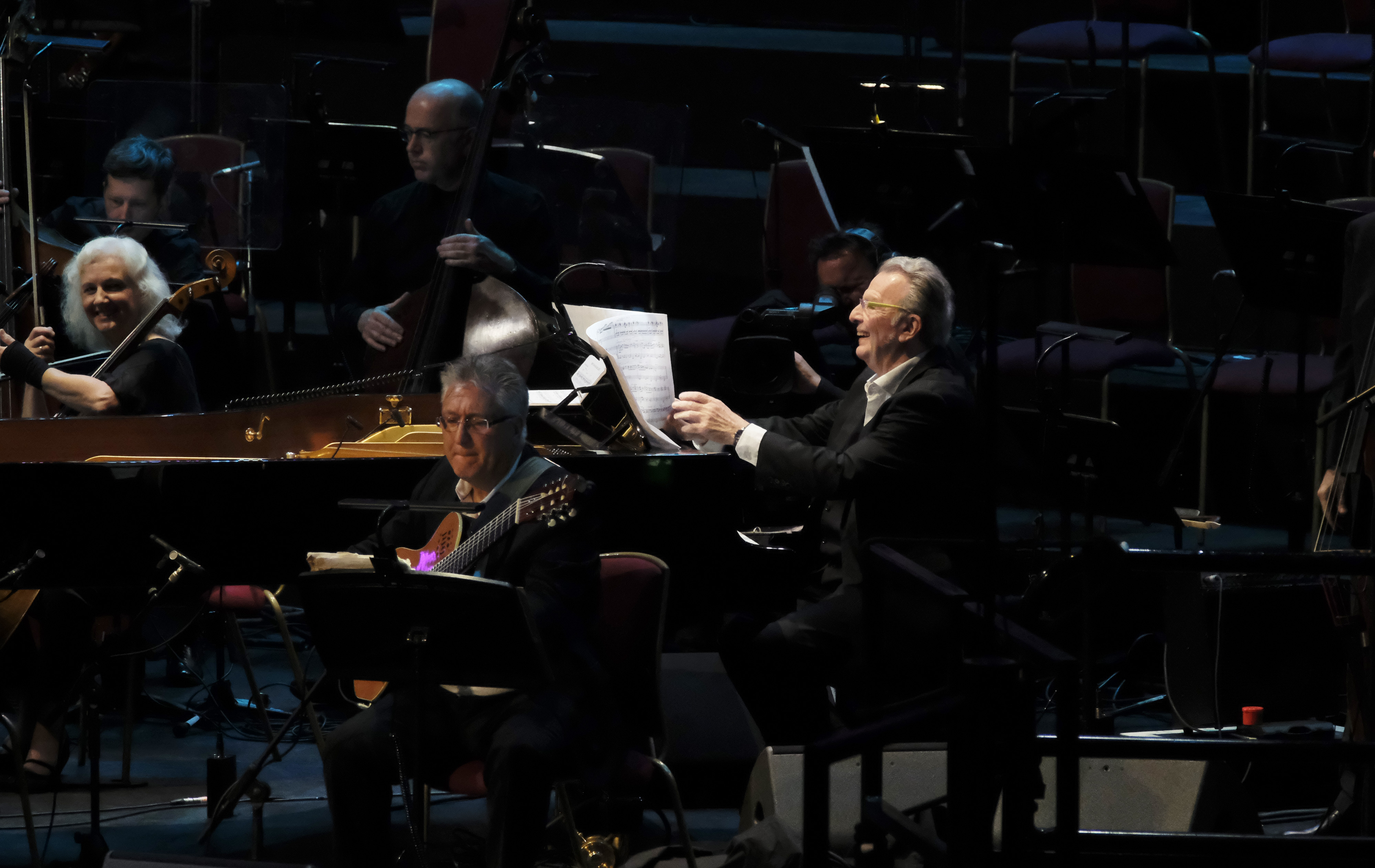London Coliseum, Friday 28th September 2018
Salome should be a visceral assault regardless of whether it is the play or the opera. When Richard Strauss’ opera is given in English with much of Tom Hammond’s translation mirroring Wilde’s text it should be doubly effective. That Adena Jacobs’ production for ENO manages to drain most of the emotion out of it is quite a feat in itself. It is not so much that the production misfires – there are many telling moments and much of the score is well sung and presented – as that the temperature never rises above cool and the final scene is distinctly underwhelming.
Billed as a boldly feminine interpretation it was difficult to see how this claim was justified in terms of the production itself. That Salome is objectified by all around her is certainly a valid approach but the lack of eye contact, or more importantly the sense of the gaze, kills any sense of lust or passion.
Marg Horwell’s sets are equally unhelpful here. The vast open spaces make the singers look lost and rather that the claustrophobic world of both text and score, we have little sense of a community constantly inward-looking and cut off from the outside world. Of the many productions I have seen, WNO’s most recent was by far the most effective with its pierced Islamic screens and constant prying eyes. For ENO, all too often the stage is empty apart from the protagonist.
Needless to say there is no dance for Herod, and after a few listless poses Salome gives up and hands the dance over to four professional dancers, though there is little point as Herod is not watching anyway.
If there is supposed to be a close relationship with Herodias it is not obvious until the end which comes about as a double suicide. This hardly seems to be a feminist outcome as the men have all too obviously won yet again.
The singing is mostly strong, particularly in the smaller parts where Stuart Jackson’s Narraboth is particularly effective, and Susan Bickley a commanding Herodias. In any other production Michael Colvin’s Herod might be very persuasive as he is vocally on top of the part but his near insanity for much of the evening – ending up with his Father Christmas sack – cuts against any impact he might have made.
The five Jews are impressive – though they would never have agreed to mop up spilt blood! – as are the two Nazarenes.
This leaves us with the two protagonists. David Soar has previously impressed and is always a positive presence on stage but here Jokanaan seems to lie out of his reach. Too often the voice sounded strained and uncomfortable rather than the noble centre it requires. As Salome Allison Cook looked and acted exactly as Adena Jacobs obviously intended, the Barbie doll / My Little Pony overtones neatly focused and the lack of emotion throughout carefully controlled. All would have been well but her voice never carries the authority the part needs, particularly in the final scenes. There was no sense of development or a gaining of control. Even from front centre of the Coliseum stage her voice could not soar over the orchestra. Having heard Jessye Norman almost drown out the orchestra in this final scene I know it is possible!
The orchestra played with considerable finesse but Martyn Brabbins did not seem to be able to find the raw power and dangerous, heady enthusiasm Strauss calls for.
It is difficult to see how this production could be better focussed if it were to return. Meanwhile we have Porgy and Bess to look forward to.

